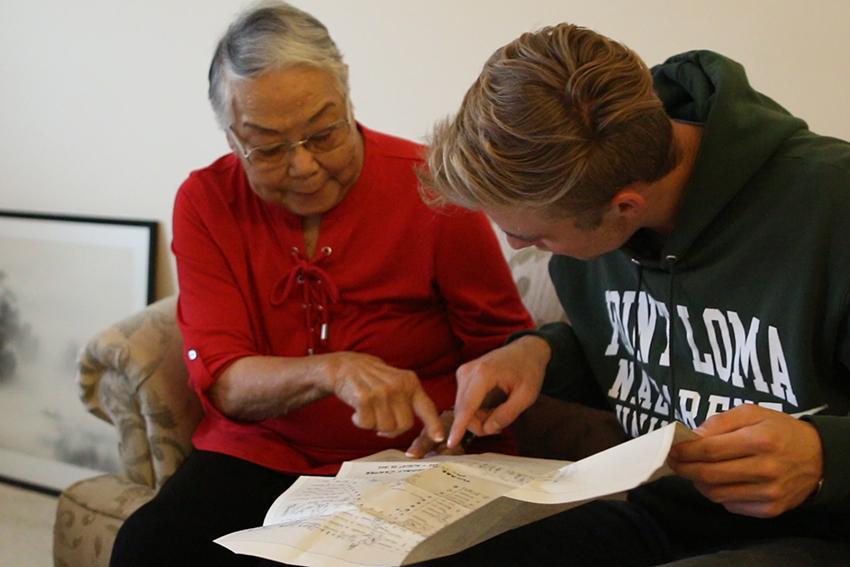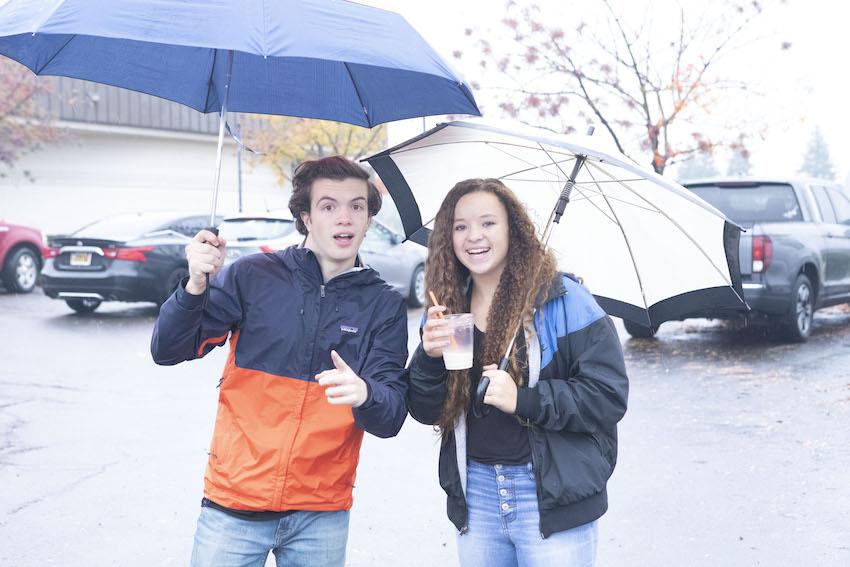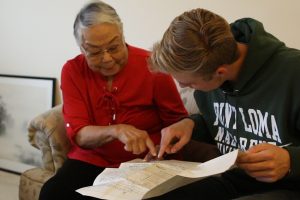
On Dec. 7, 1941, the United States Naval Base, Pearl Harbor, was taken by surprise when Japanese planes attacked, killing more than 2,300 Americans. This caused anxiety to increase as well as prejudice against minority groups back in the mainland, especially the West Coast. The government feared Japanese-Americans and immigrants might help Japan by sending in materials and information about the states.
Soon after, Franklin D. Roosevelt signed Executive Order 9066, Feb. 19, 1942, commencing the round-up of over 120,000 Japanese-Americans to relocation centers. Most existed in either California or Arizona, but these camps occupied numerous locations in the western US.
At the time, Hide Yamaguchi just turned 18 and had graduated high school. She lived in Compton, CA, with her parents and two older sisters when the notice came: they owned one week before relocation.
“Unfortunately it was at the most critical time of my life,” Yamaguchi said. “I was just getting out of high school and I didn’t have the chance to go further into education. We were sent to Gila, AZ, but first to the assembly station in Tulare. That’s where everything started to happen.”
The Japanese-Americans were permitted to haul one bag, bringing only what they could carry and leave everything else behind. She also recalls what the assembly center in Tulare was like.
“The people that suffered the most was our parents,” Yamaguchi said. “They had to get rid of all their life savings. Naturally, the household goods all had to be sold or stored, except there was no place to store it. Most of the people tried to sell their things and in a time like that, people would be taken advantage of. I have no childhood memories because everything is gone.
“They hastily put up barracks we were assigned to,” Yamaguchi continued. “You go in there and you found this big thing that looked like a pillow. You picked one of them up and went over to where there were piles of hay and filled it because that was your new mattress. The cabins had weeds growing from the floorboard. The most humiliating thing was the latrine: a little shed that had a plank with lots of holes in it. There was no privacy. Showers were also communal, you would pull a string and you would get a cold shower.”
The author can be reached via email: Jaden Ventura, Instagram, and Twitter.
For more on Hide Yamaguchi check out: Yamaguchi reflects on time spent in Japanese relocation camps





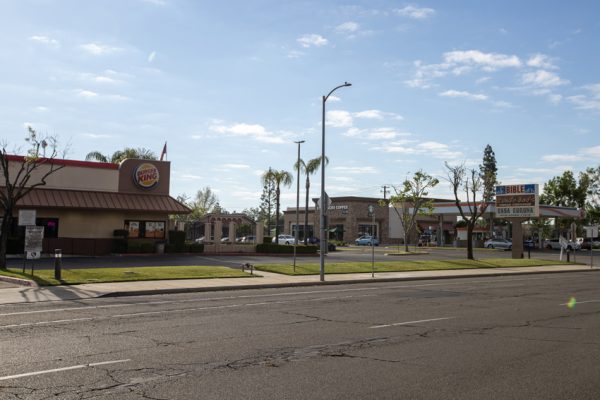

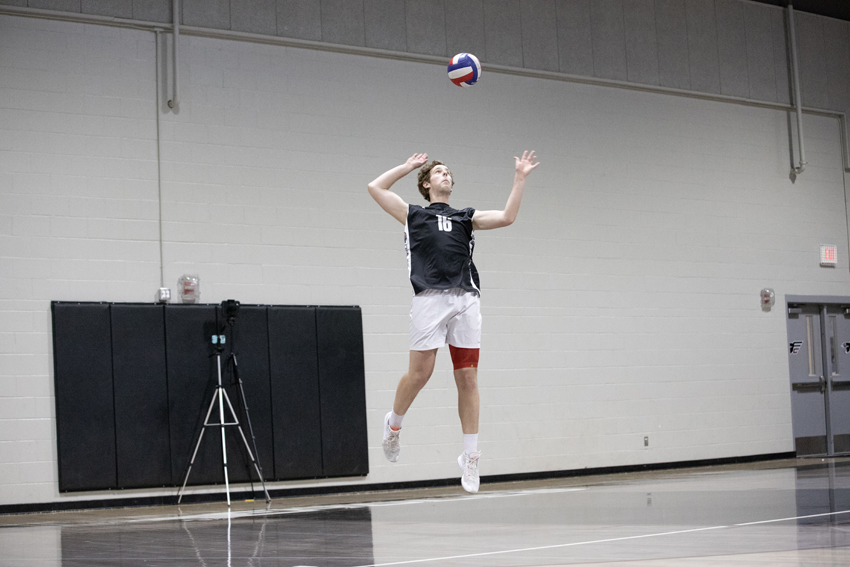
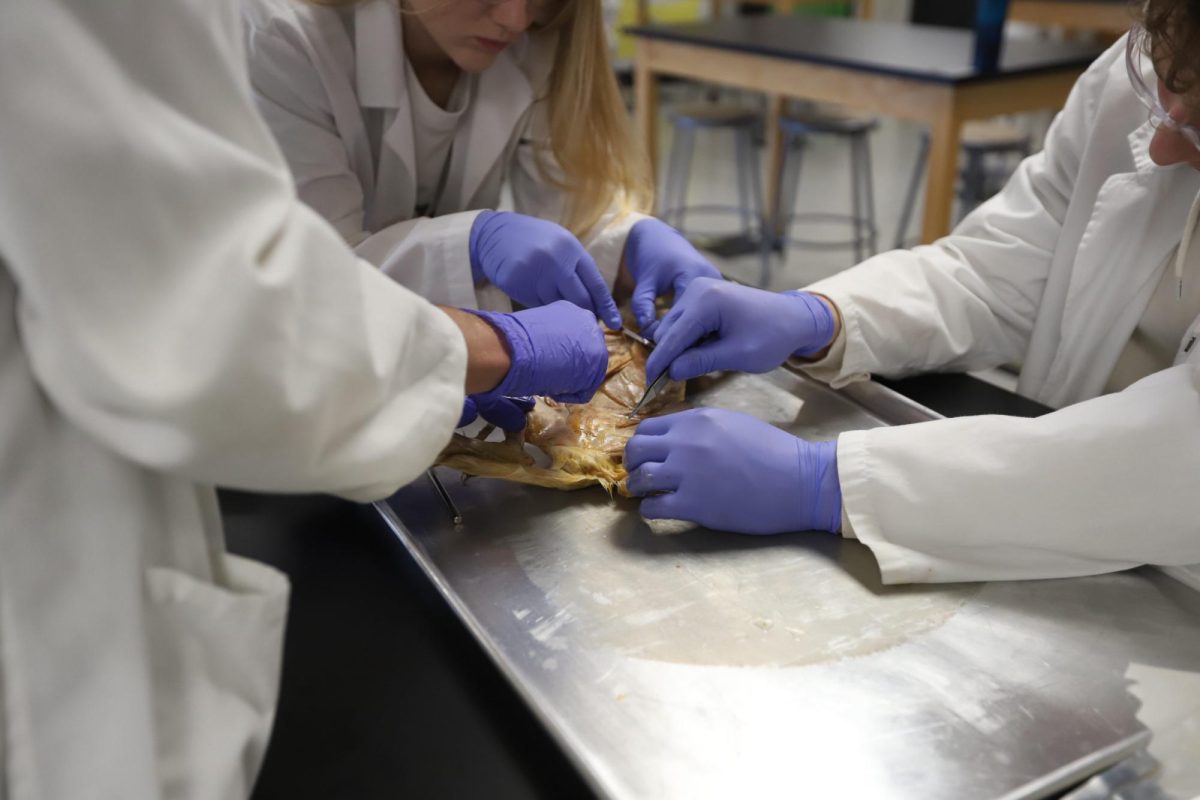
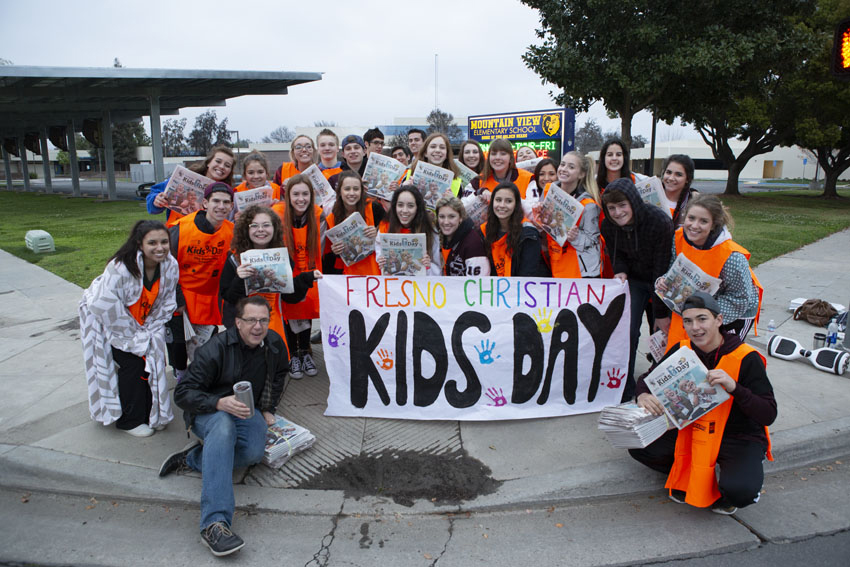
![[Video] 100th CSPA Spring Journalism Conference](https://thefeather.com/wp-content/uploads/2024/04/20240308-cspa-crown-002.jpg)
![[Video] New York Day 4](https://thefeather.com/wp-content/uploads/2024/04/NY-trip-day-4-JC-.jpg)
